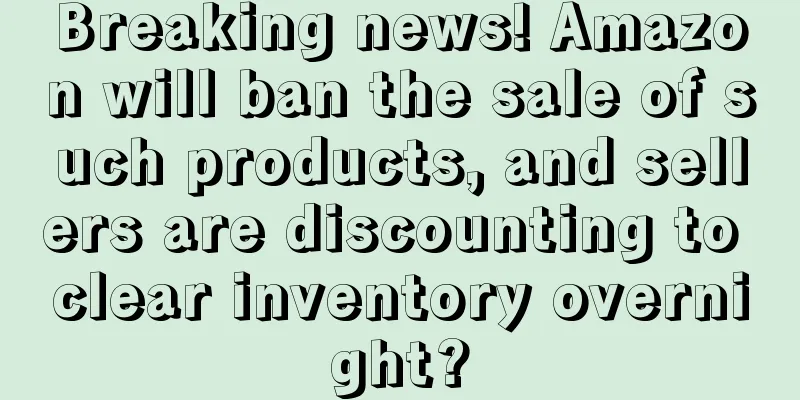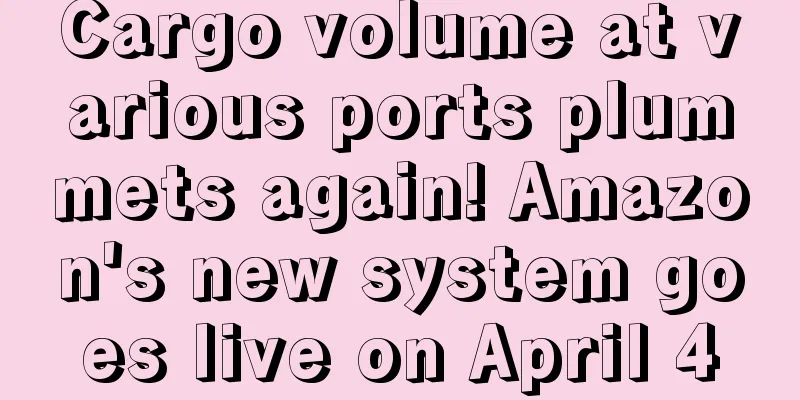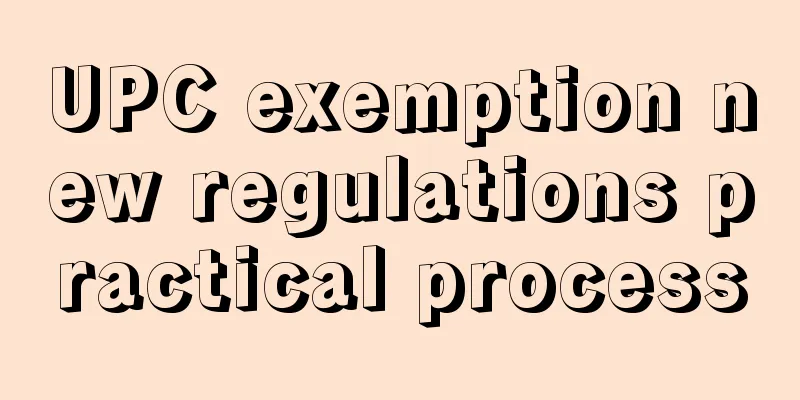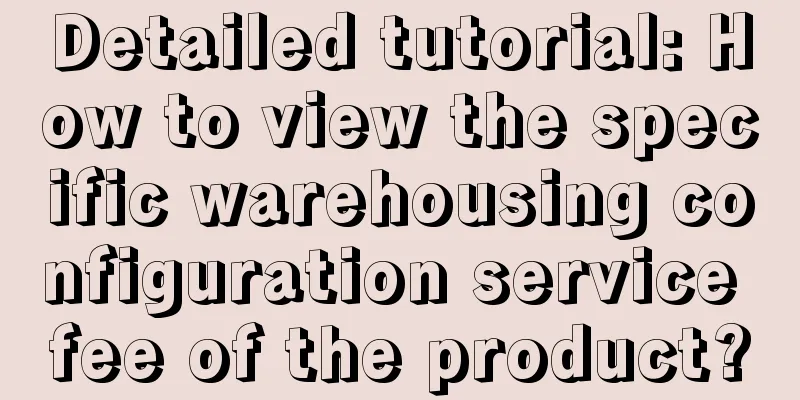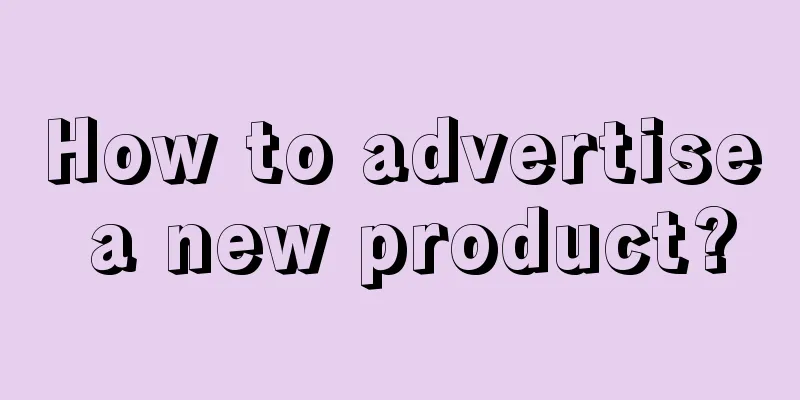Amazon updates pricing features to start a price war
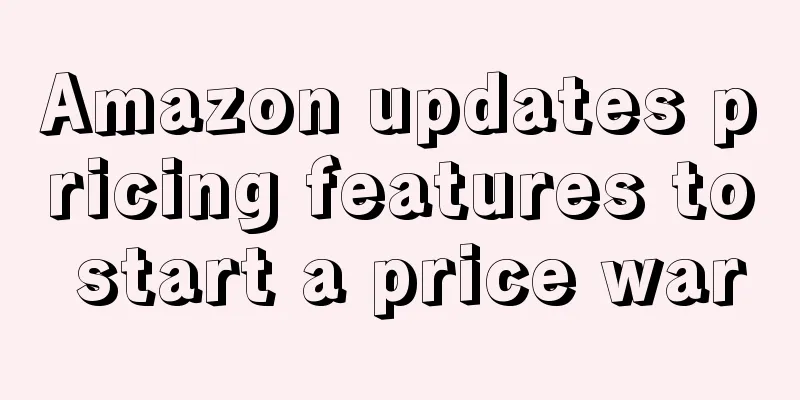
|
Remember that at the beginning of last month, we introduced to you a new feature launched by Amazon - Price Health. The criterion for judging whether the pricing is healthy or not is to compare the price provided by the seller with the mainstream price of competing products in the market. The purpose is to make the product price more competitive (cheap enough) . Recently, Amazon has once again updated its product pricing, removing the upload limit for the automatic pricing function and increasing the SKU quantity limit for a single upload from 5,000 to 30,000. It just opened up the upper limit on the number of some automatically priced products. Actually, there is nothing much to say about this change. However, combined with the new feature of pricing status monitoring mentioned at the beginning, these two changes by Amazon are just the beginning, and more serious changes are yet to come. ◆ ◆ ◆ ◆ Amazon’s Pricing Layout Before further speculation, it is necessary to briefly introduce the contents of these two functions. The pricing status has been mentioned above, so I will talk to you about this feature that no one cares about - automatic pricing. The basic function of automatic pricing is very simple, which is to facilitate sellers to change prices without having to operate each SKU one by one. After the seller has established an automatic pricing group (the seller can set the pricing rules and parameters by themselves), add the eligible products that need automatic pricing to the group, and these products will automatically match the current shopping cart price. Because sellers have relatively high initiative in this function and can freely set the highest and lowest acceptable prices, automatic pricing alone is indeed an auxiliary tool to reduce sellers' workload. For sellers who sell goods across thousands or tens of thousands of SKUs, this function can save them a lot of trouble. However, the trend of across-the-board sales has begun to decline in recent years, and the SKUs of the most sophisticated sellers are not that many, so manual pricing is sufficient. As a result, few people use the automatic pricing function. There is actually a very hidden loophole in the current use of automatic pricing (or it may be intentional on Amazon's part). According to sellers who have used it, products with automatic pricing will only continue to lower their prices instead of raising them. After carefully checking the automatic pricing principles in Amazon's backend, I summarized it as follows: "You can only raise the price when all competing products are more expensive than yours. As long as there is one competing product that is cheaper than yours, you can only lower it." This bandit logic has made every seller who has used automatic pricing feel cheated. The pricing status mentioned at the beginning of the article is to monitor the entire network, including e-commerce platforms other than Amazon, compare competitor prices with product prices and give pricing suggestions. After the update, automatic pricing also uses the whole network matching mechanism. If you accidentally check this option, you will be matched with the real lowest price in the whole network. Combining these two functions, Amazon really wants sellers to drive prices down to the lowest point in the world. The update of automatic pricing and the launch of pricing status monitoring indicate Amazon's ambition to control the pricing of third-party products in the new year. Although automatic pricing is an optional feature, pricing status monitoring does have a penalty mechanism - if the product is not set according to the recommended bidding setting on the monitoring page, the shopping cart may be lost. In the future, these two functions can be combined like this: when pricing monitoring detects that the product does not match the low price that Amazon wants, it warns the seller that the shopping cart may be lost, and then a small function is reminded in large letters, "If you are worried that your product will lose the shopping cart, you can click here to set automatic pricing." In this way, a large number of sellers will be forced or deceived into turning on automatic pricing and fall into the price war trap of infinitely lowering prices. The current algorithm of automatic pricing is definitely a big pitfall. Regardless of whether it is for the shopping cart or not, everyone must be careful not to turn on automatic pricing! Even if Amazon changes its policies in the future, it is unlikely to force everyone to turn it on. Just remember and avoid this big pitfall. |
>>: All the front-end products have disappeared! Amazon is actually doing a big purge
Recommend
Received a negative review before the product was shipped? The seller's store sales plummeted!
Normal, once there is data abnormality, such as s...
What is Mailer lite? Mailer lite review
Mailer lite is a very easy-to-use email marketing ...
What is a pesticide product incident? Pesticide product incident evaluation
In April 2019, a large number of sellers' list...
Review policy updated, Amazon issued an ultimatum, violators will be banned!
A lot of things have happened in the past two day...
What is E-Commerce News? E-Commerce News Review
E-commerce News is one of the most influential e-c...
How to get through the most difficult moments when starting Amazon alone
I came into contact with Amazon after graduating ...
Impulse purchases increased by 14%! Americans mainly bought these items
<span data-shimo-docs="[[20,"获悉,根据Slickdea...
Get more traffic during the peak sales season! These 7 Amazon indicators are worth paying attention to!
▶ Video account attention cross-border navigation ...
My price is 19.9, and my score is 4.5, with nearly 1,000 ratings. Why can't I sell better than him? Our products are exactly the same. Here is my traffic structure...
Anonymous user My C position Let me first talk abo...
What is OpenSky? OpenSky Review
OpenSky is a website where bloggers sell things th...
What is Birchbox? Birchbox Review
Birchbox is a subscription-based platform for deli...
The account was still blocked after unbinding, and Amazon’s “collective punishment” has been upgraded!
Source: Seller's Home A new storm has emerged....
Breaking news! Several billion-dollar sellers are under investigation by the United States under Section 337, and their products may be banned by Amazon
In the past two years, the growth of auto parts pr...
Amazon forced to hand over seller information? EU to impose sanctions
The European Parliament is currently pushing forw...
Costco Q4 financial report released: e-commerce sales increased by 18.9%
It is learned that on September 26, the US retail ...
